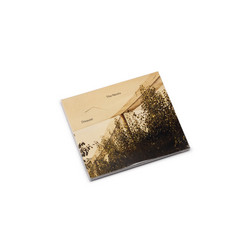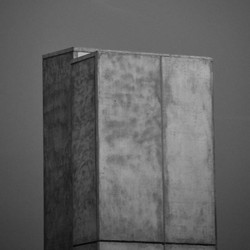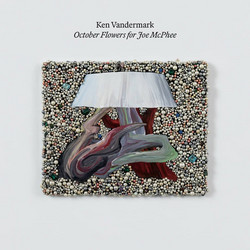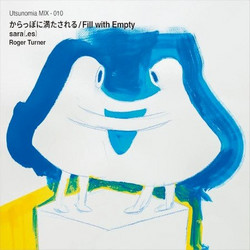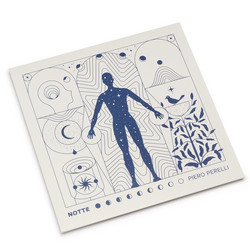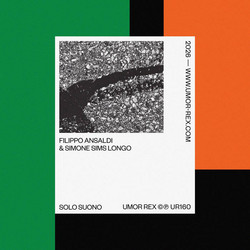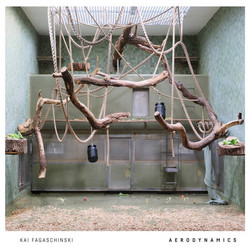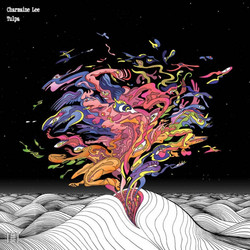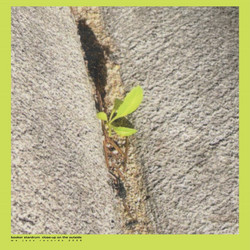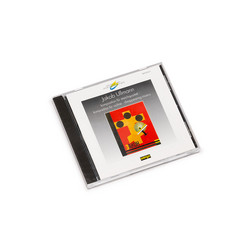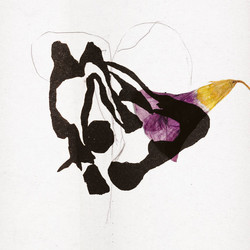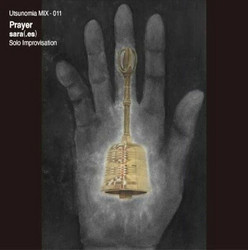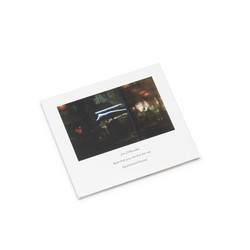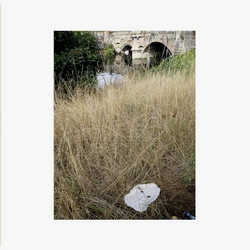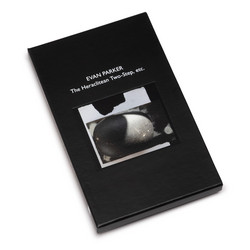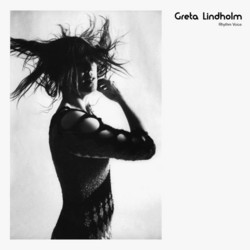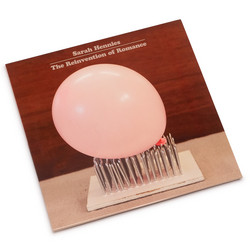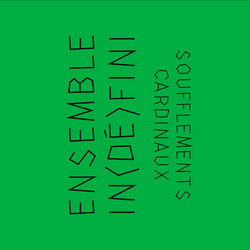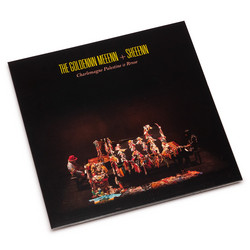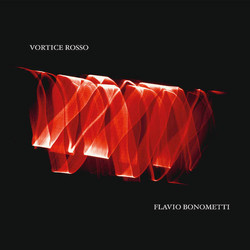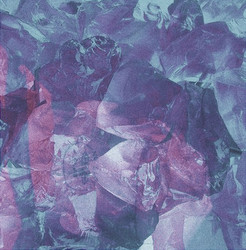* 2020 Stock * Bob Rutman's life could be compared to the life of Odysseus, although we're not here to write his biography. Putojefe is happy to present his phenomenal Noise In The Library, recorded with the U.S. Steel Cello Ensemble, an all-steel string quartet established by himself in Boston in 1976.
The Ensemble consists of one Steel Cello and three Bow Chimes, played by Rutman and a rotating cast of guest musicians: in this instance, Daniel Orlansky –one of Rutman’s closest collaborators and longest-lasting member of the band–, Stephanie Wolff and Alex Dorsch. The instruments, built and developed by Rutman, are impressive sound sculptures in themselves, made of large flexible sheets of metal and defined by the artist as "American Industrial folk instruments".
The „Bürgermeister von Mitte” needs no introduction. He has literally traveled history, from Nazi Germany to the New York of the Seventies, landing again in Berlin in recent years. A tireless performer aged 87, he has toured the US and Europe extensively, playing both small galleries and underground venues as well as established cultural institutions as the MoMA, London’s ICE and the Berlin Atonal Festival.
Rutman is internationally recognised as the multifaceted avant-garde artist par excellence, as attested by his diverse collaboration with key figures of post-war culture: Dorothy Carter, Merce Cunningham, Laurie Anderson, Philip Lamantia, Wim Wenders, Asmus Tietchens and many others.
Captivating from the beginning to the end, primitive and futuristic in its form, Noise In The Library remains as the U.S. Steel Cello Ensemble’s sole recording featuring the exceptional overtone singer Stephanie Wolff, whose vocals are intertwined with Bob Rutman’s chant in Tibetan Buddhist style. Prior to this, Wolff had only appeared as a guest singer with the groundbreaking krautrock outfit Brainticket. Her deep and delicate tones go beyond spirituality and take listeners on a space travel to open skies.
Recorded live at Passionskirche in Berlin on May 31st, 1989, in the prime of the Ensemble’s career, this is one of the last few examples of great, powerful music made by humans without the indiscriminate use of electronics or binary codes.
A sometimes frightening and breathtakingly intense performance, as thoroughly mysterious as early American soil, as it first appeared to the eyes of visionary European minds.



